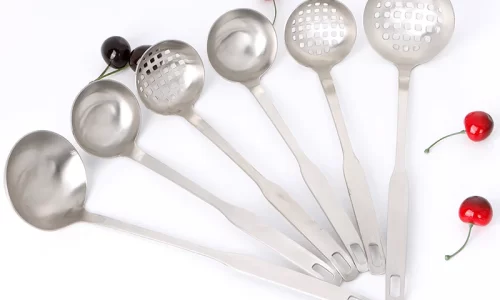Water is a vital resource, essential for every aspect of our lives. But let’s be honest, water scarcity has become a real concern in various parts of the world, and it seems that things might not be improving anytime soon. This situation has made folks like you and me look for innovative and sustainable ways to meet our water needs. One such method that has gained significant attention is rainwater harvesting at home.
Step 1: Understand Your Rainfall Pattern
The first step towards successful rainwater harvesting is understanding your region’s rainfall pattern. Knowing when and how much rain your area gets can guide your harvesting method and equipment choice. If you’re unsure where to start, the National Weather Service’s historical precipitation data can be a good source.
Step 2: Choose the Right Roof Material
Next, pay attention to your roof material. The best ones for rainwater collection are roofing materials like metal, slate, or tile. Avoid roofs coated with toxic substances as these can contaminate your collected water. If you are unsure whether your roof is suitable for rainwater collection, a local contractor can guide you.
Step 3: Install Gutters and Downspouts
Now, onto the installation of gutters and downspouts to direct the rainwater from your roof into a collection system. Ensure that your gutters are clean and free of leaves and other debris that can contaminate your harvested water. If your house doesn’t have gutters, you may want to consider installing them.
Step 4: Get a Rain Barrel
Here’s where things start getting a little hands-on. It’s time to get a rain barrel. You can find one at your local home improvement store or even make one yourself. Your barrel should have a tight-fitting top to keep out bugs and debris, along with a spigot at the bottom to connect a hose.
Step 5: Connect Your Rain Barrel to Your Downspout
Once your rain barrel is ready, it’s time to connect it to your downspout. Use a downspout diverter to redirect rainwater into your barrel. This way, you’re able to gather rainwater while also avoiding overflow when your barrel is full.
Step 6: Install an Overflow System
Speaking of overflow, your rain barrel should have an overflow system. This can be as simple as a hose connected to the top or side of your barrel that leads water away from your house when the barrel is full.
Step 7: Maintain Your System
Finally, like any good piece of equipment, your rainwater collection system requires regular maintenance. Make sure to clean your gutters regularly, check for leaks, and clean out your barrel at least once a year to ensure your system runs effectively.
So, there you have it, seven easy steps to harvest rainwater at home. Now you may be thinking, “Sure, this is helpful, but I still have water scarcity issues, and rainwater harvesting might not be enough.” Well, you’re in for a treat.
If you’re looking for an effective way to guarantee clean, freshwater every day, then you might want to check out Water Freedom System. I found this resource to be legit and worth exploring. It offers a simple guide to building your own water supply system, even in the driest locations. And the best part is, no prior experience is needed!
Incorporating rainwater harvesting with systems like the Water Freedom System can help ensure that you and your family have a consistent and clean water supply, even in times of water scarcity. For those looking to combine their newfound interest in rainwater harvesting with a love for the great outdoors, consider some of the essential gadgets for your next camping trip. Many of these gadgets are designed to make living off the grid comfortable and sustainable.
Remember, water is a precious resource. By taking small steps towards more sustainable practices, we not only help safeguard our planet but also ensure a better future for generations to come. So let’s make every drop count, shall we?
Expand the Benefits: Gardening with Rainwater
Harvesting rainwater not only serves to combat water scarcity, but it can also significantly improve the health of your home garden. Rainwater is naturally soft, meaning it lacks the minerals, like calcium and magnesium, found in hard water that can build up in your soil over time and potentially harm your plants. Additionally, rainwater is slightly acidic, which is preferred by many plants over the more alkaline tap water. This means that your lush greens and blooming flowers could gain an extra life from rainwater, keeping your garden verdant and thriving.
Safety and Purification
While harvested rainwater is great for gardening and non-potable uses, it’s vital to consider purification if you plan on using it for drinking or cooking. Even with the cleanest roof and gutters, airborne pollutants and microorganisms can contaminate your supply. You could choose from various purification methods such as boiling, chlorination, solar disinfection, or using water purification tablets. An even safer approach would be to use a home water filtration system designed for rainwater.
Educate and Inspire
Once you’ve experienced the benefits of rainwater harvesting, why not spread the word? Engage with your local community to raise awareness about water scarcity and the effectiveness of rainwater harvesting. Organize community projects or workshops that could inspire your neighbors, friends, and family to adopt these practices. Remember, every effort counts when it comes to conserving our planet’s resources, and your initiative could encourage a ripple effect throughout your community.


